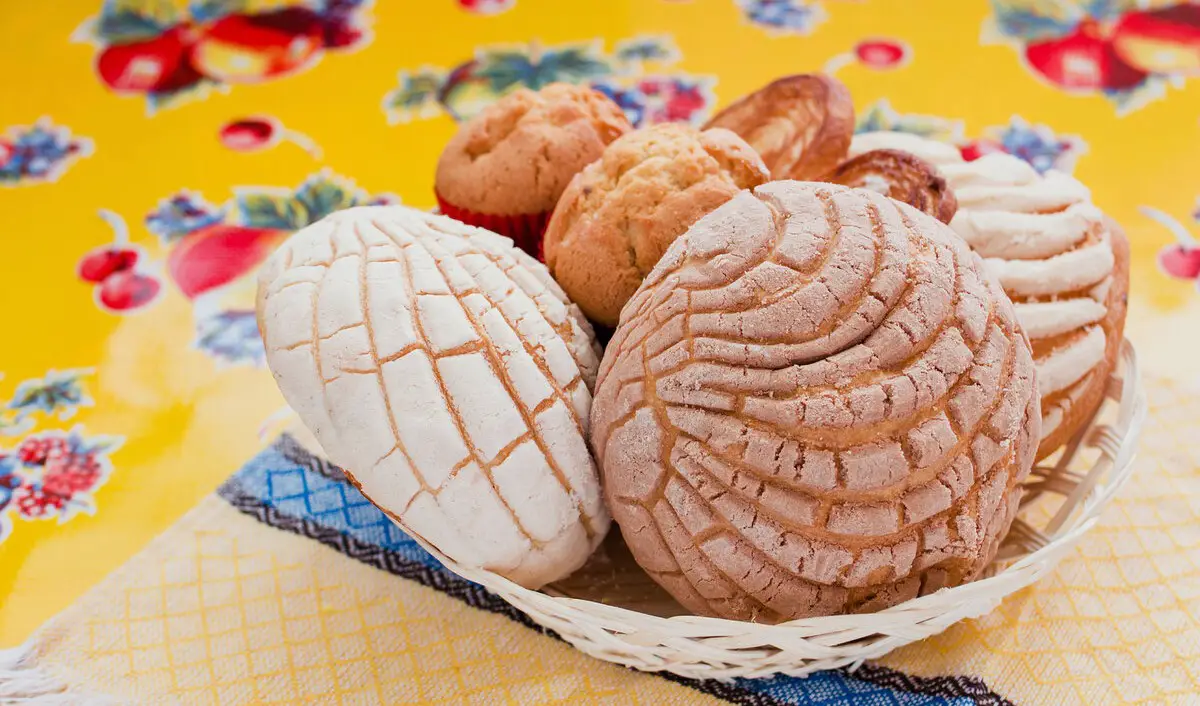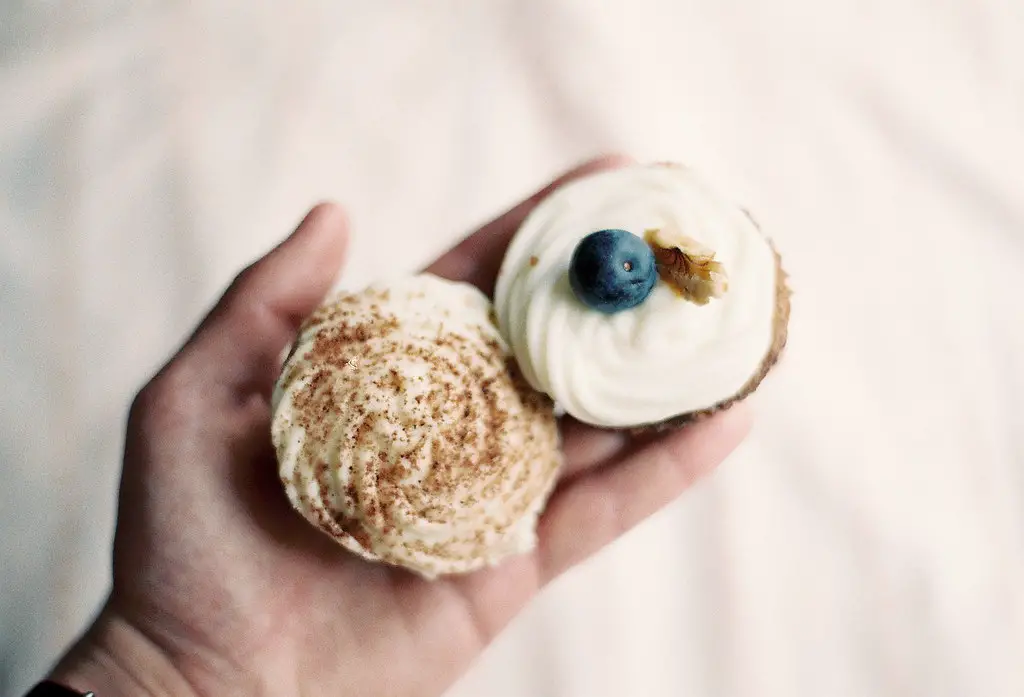Creating a diabetic-friendly peanut butter cookie recipe involves making a few adjustments to a traditional cookie recipe to reduce the sugar and carbohydrates, which are crucial for managing blood sugar levels. The following article provides a detailed guide on how to make delicious and healthy peanut butter cookies that can be enjoyed by individuals managing diabetes or anyone looking for a healthier cookie option.
Peanut butter cookies are a timeless favorite for many, offering a perfect blend of nutty flavor and sweet, chewy satisfaction. However, traditional recipes often come packed with sugar and refined flours, posing a challenge for those managing diabetes. This diabetic-friendly peanut butter cookie recipe is designed to bring the joy of baking and enjoying cookies without the worry, using alternative ingredients that keep blood sugar levels in check.
Ingredients
1 cup natural, unsweetened peanut butter
1/3 cup of a sugar substitute (e.g., stevia, erythritol, or monk fruit sweetener)
1 large egg
1 teaspoon vanilla extract
1/2 teaspoon baking soda
A pinch of salt (omit if your peanut butter is already salted)

Instructions
Preheat the Oven: Start by preheating your oven to 350°F (175°C). Line a baking sheet with parchment paper to prevent the cookies from sticking.
Mix Wet Ingredients: In a large mixing bowl, combine the peanut butter, sugar substitute, and vanilla extract. Stir until the mixture is smooth and well incorporated. Beat in the egg until the mixture is homogeneous.
Add Dry Ingredients: Sprinkle the baking soda and salt over the mixture. Fold these in until the mixture becomes a thick, moldable dough.
Shape the Cookies: Using a spoon or a cookie scoop, form the dough into balls, approximately 1 tablespoon in size. Place these balls on the prepared baking sheet and gently press down with a fork to create a crisscross pattern.
Bake: Place the baking sheet in the preheated oven and bake for 8-10 minutes, or until the edges of the cookies are slightly firm but the centers remain soft.
Cool: Allow the cookies to cool on the baking sheet for 5 minutes before transferring them to a wire rack to cool completely.
Nutritional Information
This recipe is designed with diabetic dietary needs in mind, focusing on low sugar and carbohydrate content. Here’s a rough nutritional breakdown per cookie (this can vary based on the specific brands and types of ingredients used):
Calories: 100-120
Carbohydrates: 3-4g
Fiber: 1-2g
Sugars: 1g (from natural sources)
Protein: 4-5g

These diabetic-friendly peanut butter cookies offer a guilt-free way to enjoy a classic treat. By choosing natural ingredients and sugar substitutes, you can satisfy your sweet tooth without compromising your health. Whether you’re managing diabetes or simply seeking a healthier option, these cookies provide a delicious solution that doesn’t skimp on flavor. Enjoy them as a dessert, snack, or a treat for special occasions, knowing you’re making a choice that’s good for your body and your taste buds.
Remember, managing diabetes doesn’t mean you have to give up on your favorite foods; it’s about making smarter choices in the ingredients you use.
Tips for Perfect Diabetic-Friendly Peanut Butter Cookies
Creating the perfect diabetic-friendly peanut butter cookie doesn’t just end with following the recipe. Here are some tips to ensure your cookies turn out great every time:
Choose the Right Peanut Butter: Opt for natural, unsweetened peanut butter. Many commercial peanut butters contain added sugars and oils, which can affect blood sugar levels. Natural peanut butter has a simpler ingredient list, usually just peanuts and salt, making it a healthier choice.
Sugar Substitute Tips: When using sugar substitutes, it’s important to choose one that bakes well.
Erythritol and monk fruit sweeteners are great options as they can withstand high temperatures without losing sweetness. Always check the conversion rate to sugar, as some substitutes are sweeter than others, and you may need to adjust the amount used.
Dough Consistency: If your dough is too sticky to handle, refrigerate it for about 30 minutes before shaping your cookies. This makes the dough easier to work with and prevents it from sticking to your hands.
Monitor Baking Time Closely: Since these cookies do not contain traditional sugar, which helps in browning, they might not look as “done” as their sugary counterparts. Instead of relying on color, check the firmness of the edges. Overbaking can result in dry cookies.
Storage: Store the cookies in an airtight container at room temperature for up to a week. For longer storage, you can freeze them for up to 3 months. Just make sure to let them thaw at room temperature before enjoying.
Customization Ideas
One of the joys of baking is making recipes your own. Here are a few ideas to customize your peanut butter cookies:
Add Chocolate Chips: For a bit of indulgence, mix in sugar-free chocolate chips before baking.
Nutty Variations: Enhance the nuttiness by adding chopped nuts like almonds, walnuts, or pecans to the dough.
Spice It Up: Introduce a hint of cinnamon or nutmeg to the dough for a warm, spicy note.
Drizzle with Chocolate: After the cookies have cooled, drizzle them with melted sugar-free dark chocolate for an extra special touch.
Health Benefits
Apart from being diabetic-friendly, these peanut butter cookies offer several health benefits:
Protein-Rich: Peanut butter is a good source of protein, which is essential for building and repairing tissues in the body.
Healthy Fats: The natural fats in peanut butter are mostly unsaturated, contributing to heart health.
Fiber Content: These cookies contain fiber from the peanut butter, helping in digestion and promoting a feeling of fullness.
Enjoying desserts while managing diabetes can be challenging, but with the right recipes and ingredients, it’s entirely possible. These diabetic-friendly peanut butter cookies are not just a treat for those with diabetes but anyone looking for a healthier version of their favorite sweets. By incorporating these cookies into your baking repertoire, you can enjoy the simple pleasures of life without compromising your health goals. Happy baking, and enjoy your delicious, guilt-free treats!
FAQ: Diabetic-Friendly Peanut Butter Cookies
Can I use honey or maple syrup instead of sugar substitutes?
A1: While honey and maple syrup are natural sweeteners, they still contain high levels of sugars that can impact blood sugar levels. For a diabetic-friendly recipe, it’s best to stick with zero-calorie or low-calorie sugar substitutes that have minimal impact on blood sugar.
How can I make these cookies vegan?
To make vegan peanut butter cookies, you can substitute the egg with a flax egg. To make a flax egg, mix 1 tablespoon of ground flaxseed with 3 tablespoons of water. Let it sit for about 15 minutes until it becomes gel-like, then use it as you would a regular egg in the recipe.
Are these cookies gluten-free?
Yes, this peanut butter cookie recipe is naturally gluten-free as it does not contain flour. However, always check the labels of your ingredients to ensure they are processed in a gluten-free facility if cross-contamination is a concern.
Can I make these cookies without a sugar substitute?
A4: Eliminating the sugar substitute will affect the sweetness and texture of the cookies. If you prefer not to use a sugar substitute, consider adding ingredients like unsweetened apple sauce or mashed bananas for natural sweetness, but be mindful that this will add sugars and carbohydrates.
How do I store these cookies, and how long do they last?
Store the cookies in an airtight container at room temperature for up to a week. For longer storage, you can freeze them for up to 3 months. Let them thaw at room temperature before serving.
Can I add oats to the recipe?
Yes, adding oats can provide additional fiber and texture. Choose rolled oats or quick oats and ensure they are gluten-free if necessary. Keep in mind that adding oats will increase the carbohydrate content, so adjust the amount according to your dietary needs.
Why did my cookies come out dry or crumbly?
The cookies may come out dry if they are overbaked or if there’s too much of the dry ingredients.
Ensure accurate measurements and watch the baking time closely. The texture of the cookies can also vary based on the type of peanut butter used; natural peanut butter without additives tends to make moister cookies.
Can I double this recipe?
Absolutely! You can easily double the ingredients to make a larger batch. Just ensure your mixing bowl is large enough to accommodate the extra volume, and you may need to bake in multiple batches depending on the size of your oven and baking sheets.
Creating diabetic-friendly desserts requires some creativity and adjustments, but it doesn’t mean you have to compromise on taste or texture. This peanut butter cookie recipe is a testament to how delicious and satisfying healthier alternatives can be. By experimenting with sugar substitutes and gluten-free ingredients, you can enjoy your favorite treats while keeping your health in check. Whether you’re managing diabetes, following a specific diet, or simply aiming for a healthier lifestyle, these peanut butter cookies offer a delightful and nutritious option. Happy baking!


















